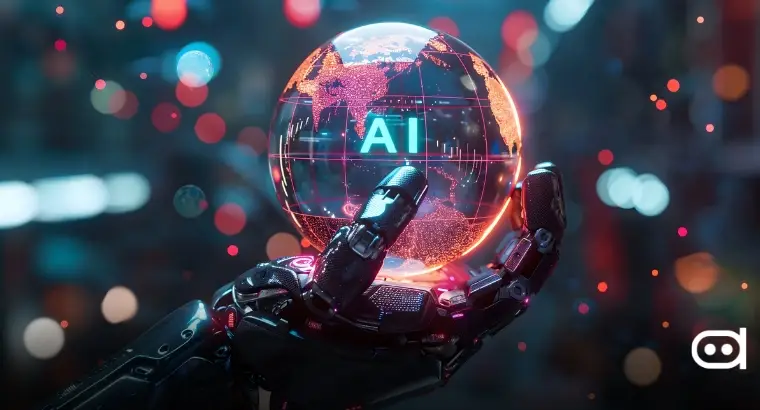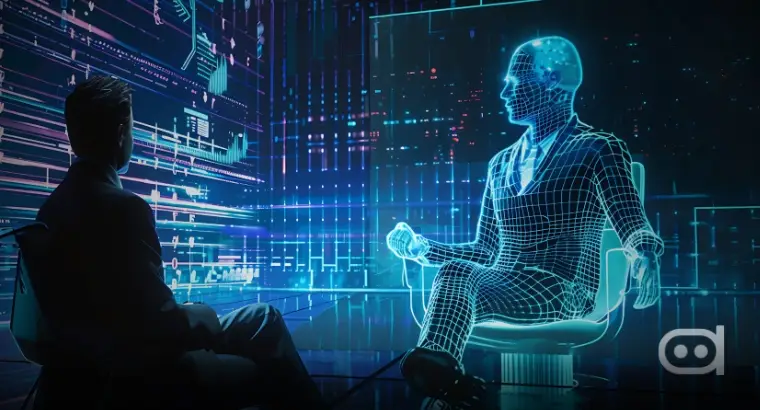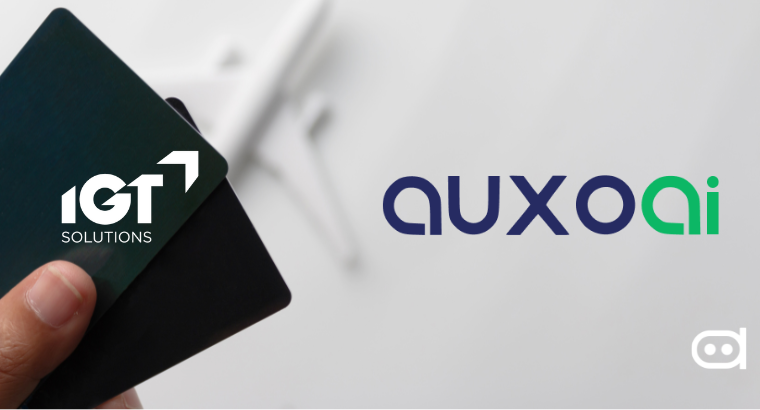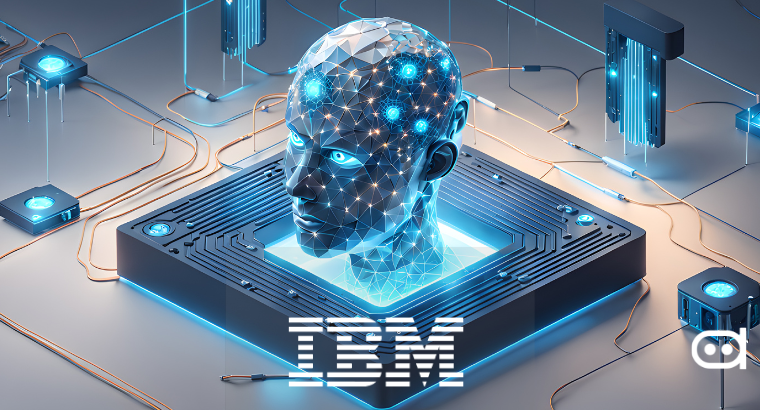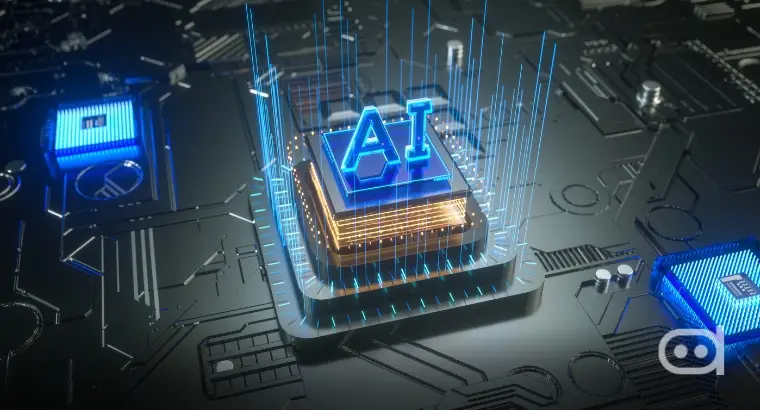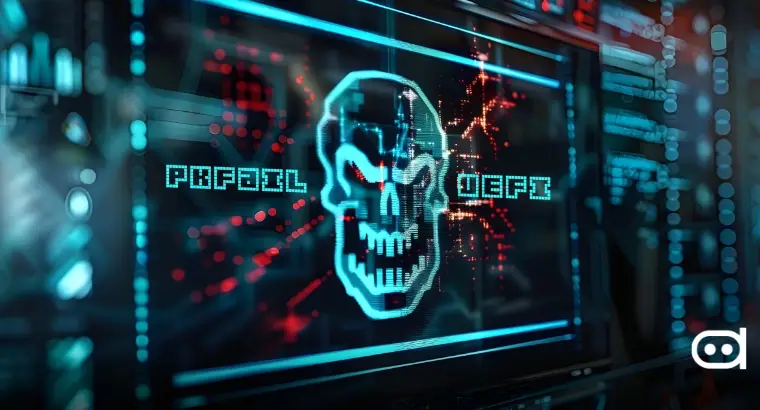
With the advent of the AI era, a much more significant problem continues to endure in the world. This is not a discussion of “how AI will replace humans,” but rather which AI is superior to the alternatives. Whether in the realm of marketing, cybersecurity, or logistics, artificial intelligence (AI) has imprinted on every aspect of contemporary existence. This article examines the origins of AI’s ascent and its struggle for supremacy.
The 1950s saw the birth of artificial intelligence (AI), thanks to the work of John McCarthy and Alan Turing, who emphasized symbolic reasoning and logic. But in 1980, the world saw The “AI winter” because AIs failed to deliver results. But in the twenty-first century, AI made a triumphant return because of advancements in neural networks and machine learning. These days, artificial intelligence is used in many different fields and has successfully changed society as a whole.
The AI Accelerator Chip Race
Meta Platforms, formally known as Facebook, introduced the Meta Training and Inference Accelerator (MTIA), their most recent artificial intelligence accelerator processor, on April 10th. The “Artemis” chip, developed by Meta, is designed to decrease the company’s dependence on Nvidia’s computing infrastructure, which has been indispensable in addressing computational obstacles.
Meta also anticipates that the MTIA will assist in reducing energy expenses. A balance between processing power, memory bandwidth, and the capability to support ranking and recommendation models is prioritized in its design. In addition, Meta has made substantial investments in the development of software designed to maximize the effectiveness of its new infrastructure.
Google’s recent announcement of Axion, a new chip designed specifically for processing the massive quantities of data required for AI applications, abruptly shifted the focus away from Meta, which had been the subject of considerable attention recently. According to reports, the efficacy of the Axion processors will be 30% greater than that of the fastest ARM processors currently available in the cloud. With the development of the instruction set architecture (ISA) for computer processors, Arm—previously known as Advanced Risc Machines—has garnered a reputation across the industry for producing low-cost and low-heat machines.
Vice President of Proprietary Chips at Google, Amin Vahdat, is optimistic regarding the impact of Google’s semiconductor business on the AI industry. Axion will shortly be accessible to Alphabet users via Google’s cloud services; however, direct purchase is not yet possible, according to Vahdat. Intel and its rivals are intensifying their endeavors to incorporate AI functionalities into their operations, as evidenced by the introduction of ‘Gaudi3’, Intel’s AI-centric processor.
AI Is Bringing A New ‘Boost’ to Education
While industry titans have been vying for AI supremacy, Nvidia has redirected its AI capabilities toward the benefit of students, a departure from its previous focus on consumer technology. Together, Nvidia and the Georgia Institute of Technology have unveiled an innovative artificial intelligence supercomputer designed exclusively for student use.
The supercomputer, which runs on Nvidia’s advanced AI software and a virtual gateway, will first be accessible to Georgia Tech’s undergraduates. However, by spring 2025, both undergraduates and postgraduates will have the opportunity to utilize this technology. Equipped with 20 Nvidia HGX H100 systems and 160 H100 GPUs, the supercomputer is in high demand in the tech sector. It will support various projects in computer vision, language models, robotics, supply chain management, chemical and biomedical engineering, as well as creative design endeavors pertaining to Gen AI and entrepreneurial pursuits.
According to Georgia Tech School of Electrical and Computer Engineering chair Arijit Raychowdhury, students will use the supercomputer for course projects in computer vision, robotics, large language models, supply chain management, chemical or biomedical engineering, creativity and design, generative AI, and entrepreneurial ventures.
The Rise of Humanoid Robots
“The next generation of robotics will likely be humanoid robotics.”
Nvidia (NVDA) Chief Executive Jensen Huang said this at the Nvidia GTC conference.
Robots, whose appearance and motion exhibit an extraordinary resemblance to humans, are poised to revolutionize diverse industries. In 2021, Tesla entered the robotics field to automate labor-intensive processes. Elon Musk posits that these machines will be able to perform hazardous tasks with proficiency, thereby mitigating personnel hazards and increasing overall productivity.
On the other hand, Amazon has expanded its robotics operations for its fulfillment centers by acquiring Boston Dynamics, emphasizing its dedication to automation technology.
These robots accelerate and enhance the precision of the picking and packaging processes, thereby optimizing warehouse operations. Nvidia’s progressive technologies in AI and robotics are crucial to the advancement of robots and play a pivotal role in propelling innovation in this field. Sophia, developed by Hanson Robotics, is, without a doubt, the first humanoid robot in existence and a living testament to the transformative potential of robotics in the twenty-first century.

